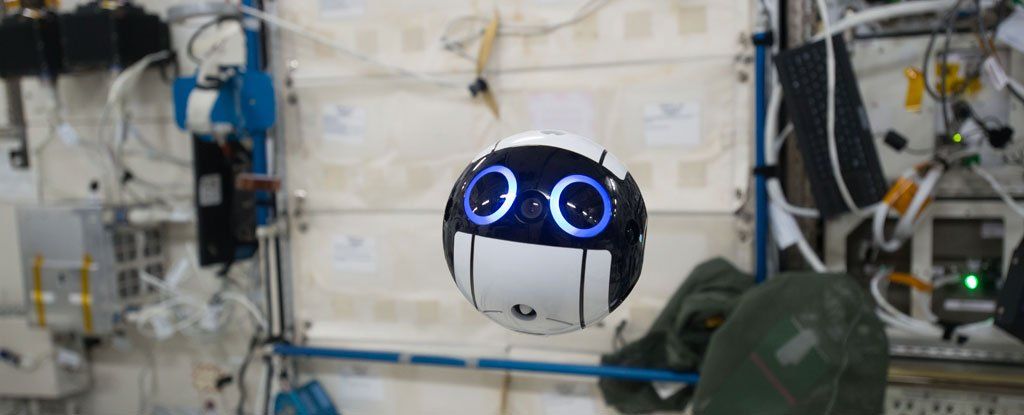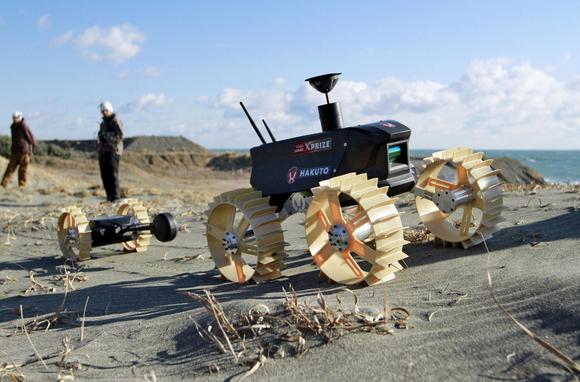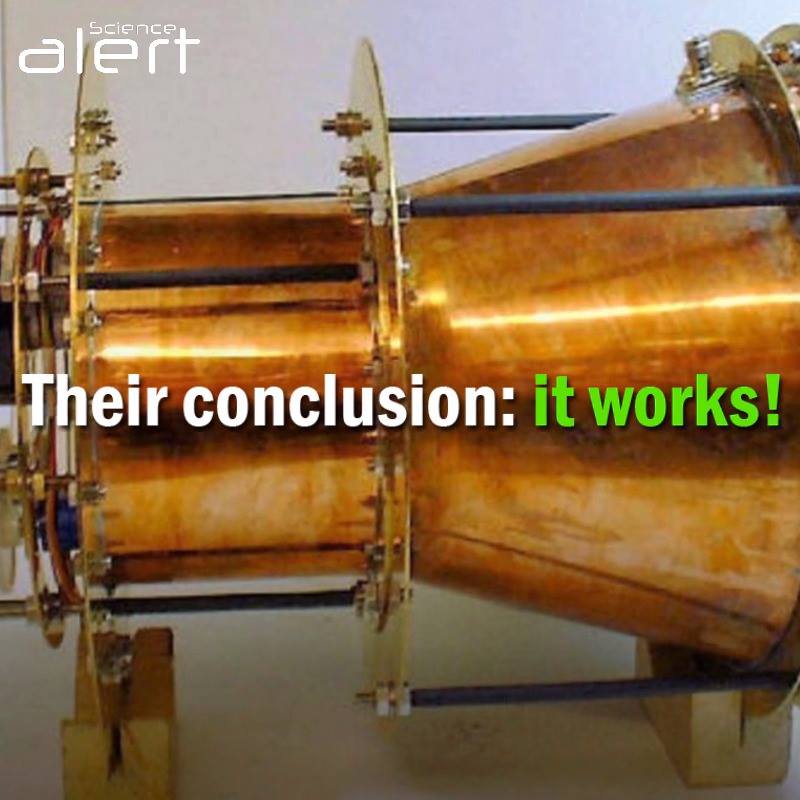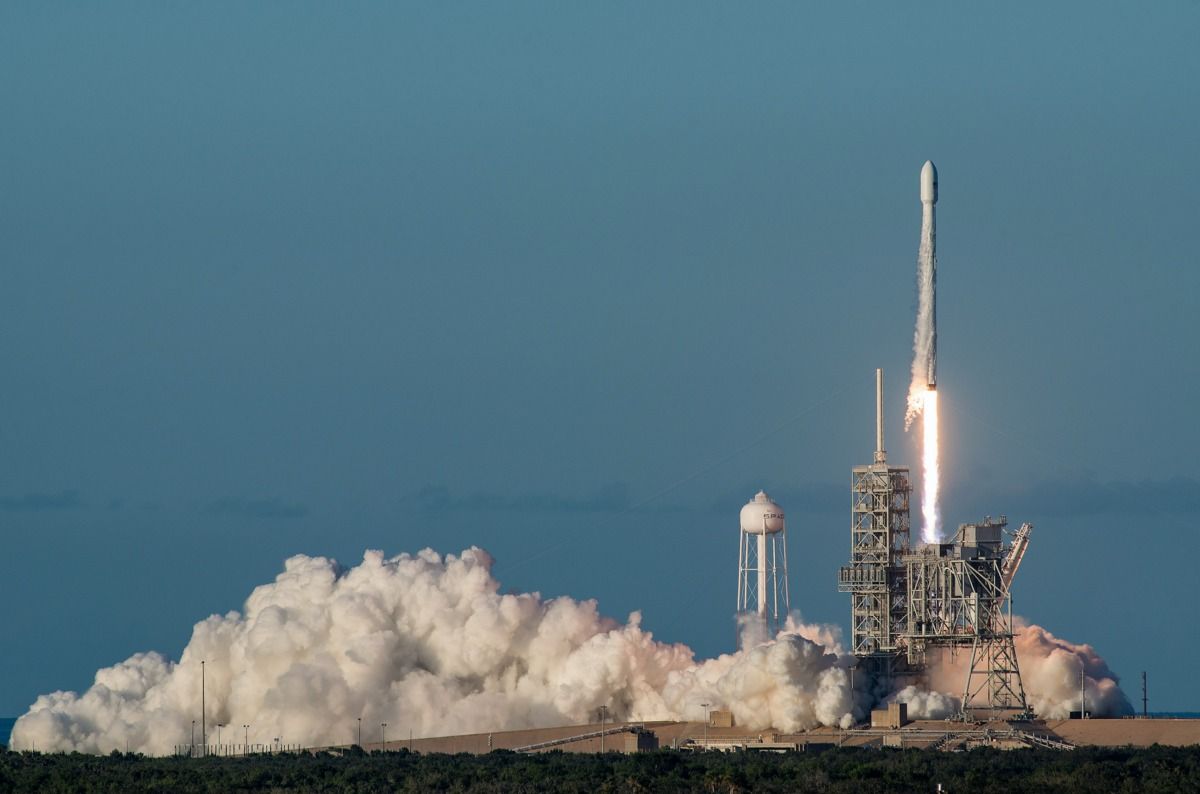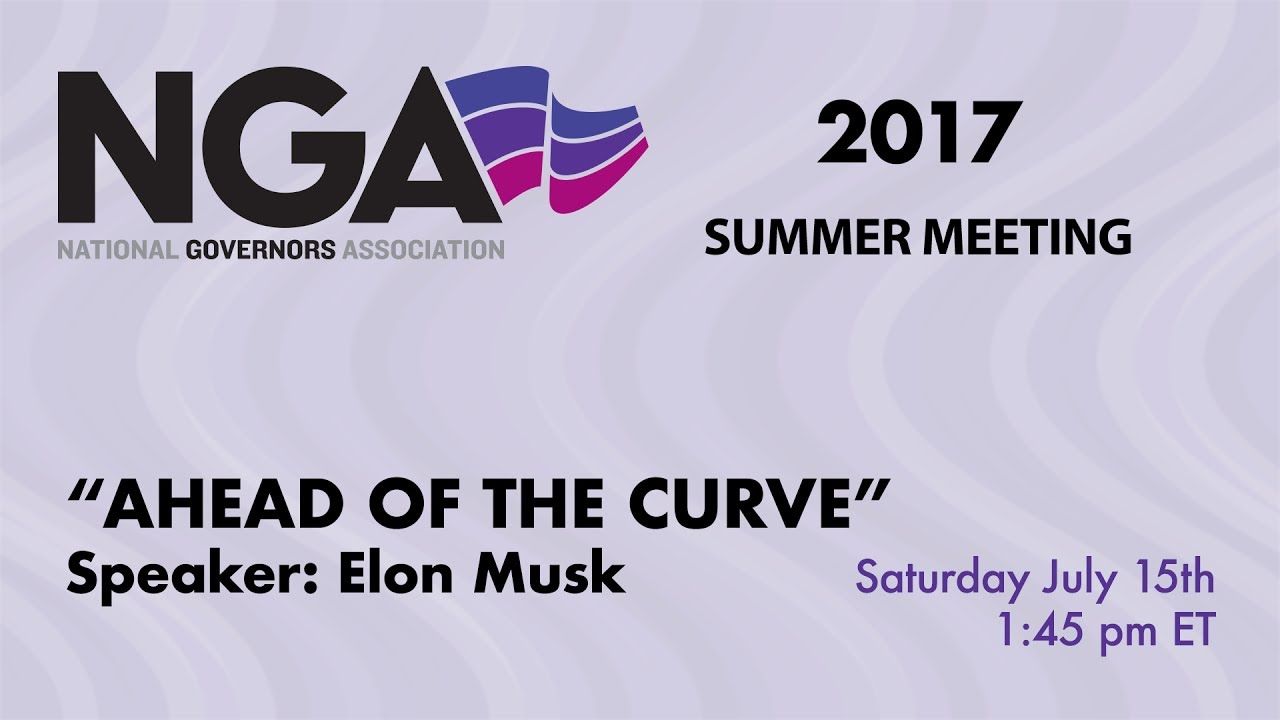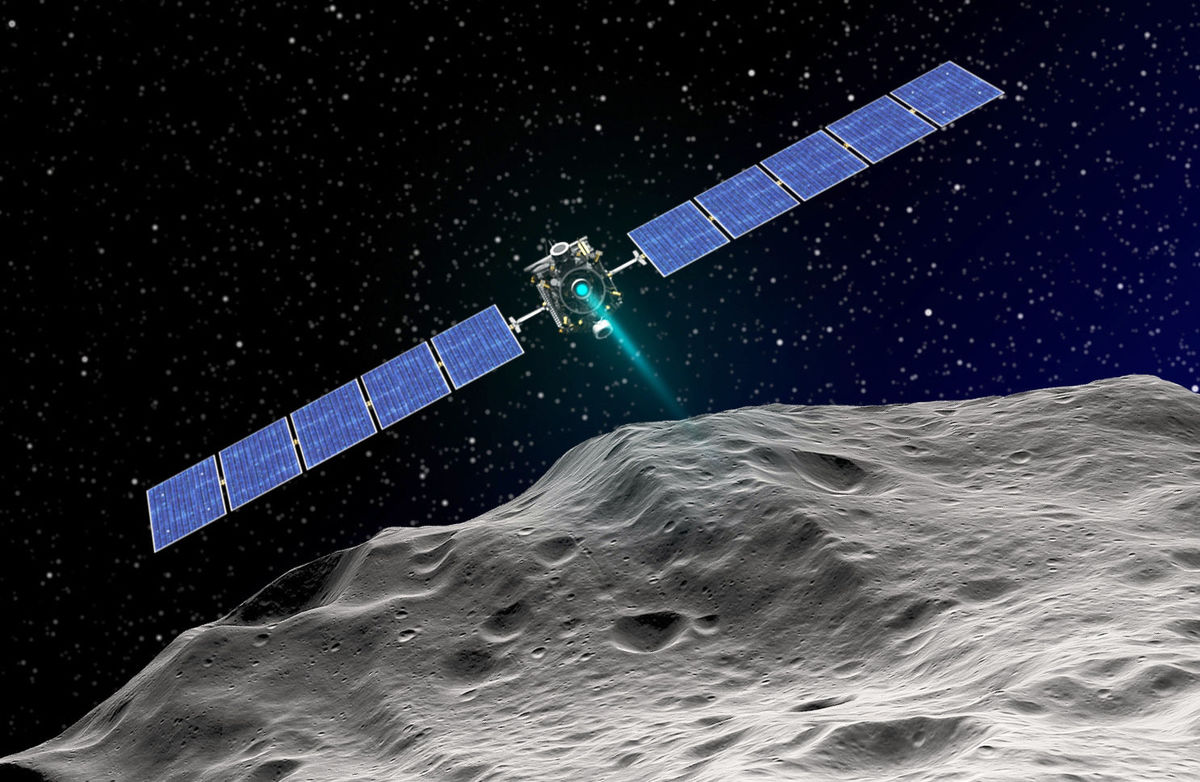Sending humans to Mars involves deep space missions that could last months, but shipping material there is costly; the price of transporting 1kg on Earth increases by a factor of 100 on a Martian mission. If the ultimate goal is to establish a long-term base on Mars, we’ll need make use of materials found on humanity’s greatest ever voyage.
Category: space travel – Page 445
You know that creepy black sphere used as a floating interrogation droid in Star Wars? It seems like scientists at the Japan Aerospace Exploration Agency (JAXA) pretty much designed the complete opposite of that, and we want one for our very own.
Called Int-Ball, this adorable little camera drone resembles something Pixar might have come up with, but it’s totally real, and is now a floating companion to astronauts on board the International Space Station (ISS) – where it helps out by taking photos and recording video, freeing up valuable astronaut time.
Int-Ball was delivered to the ISS in a SpaceX cargo shipment last month – the company’s first involving a reused Dragon cargo capsule – and is now operational, currently undergoing initial testing.
TOKYO There is a new race to the moon, and it is the private sector — not governments — that is providing the runners. And unlike last time, Japan is in the thick of the action. If all goes as planned, a Japanese rover will soon be cruising across the lunar landscape for the first time ever.
The race is sponsored by the Google Lunar XPRIZE, a contest for privately funded teams to be the first to land a rover on the surface of the moon, have it travel 500 meters, and transmit high-definition video and images back to Earth. The winner receives $20 million — plus bragging rights. The contest aims to encourage the continuous exploration of the moon through privately led technologies and businesses.
Team Hakuto, as the Japanese effort is called, is a collaborative effort among more than 30 companies, including many startups as well as several established players. The team’s rover, dubbed the Sorato, represents a distillation of Japanese knowledge, with materials, technologies and know-how contributed by a diverse lineup of companies.
(This is a followup post to three earlier posts on forecasting. The first in May 2015 forecast both blimp-based and dedicated building-based drone deployments (later patented by Amazon); The second in October 2015 largely predicted Elon Musk’s Tesla Masterplan Part Deux by 9 months, the third in July 2016 among other things correctly hypothesised the use of Model X falcon wings for future possible Tesla bus designs. I try to get it right but I mainly enjoy the idle speculation).
I was recently in San Francisco and had a very random number of drinks with two very friendly employees of US telco AT&T. As is often the case I turned the conversation towards autonomous vehicles, and more specifically two of Elon Musk’s companies, Tesla and SpaceX.
I was curious about how cars, such as a Model S, have much greater data connectivity needs than ever before. Right now, Teslas connect to AT&T’s network and it seems clear that data needs will only increase for data hungry vehicles that drive themselves. Already Tesla cars consume quite a few gigabytes of data per month.
Breaking : Elon Musk’s ideas on SpaceX DeepMind Tesla and The Dangers of #AI #Robots #Armageddon caused by AI & ideas for NASA — National Aeronautics and Space Administration (starts at 42mins in video).
Closing Plenary Introducing the New Chair’s Initiative “Ahead of the Curve”
Speaker: Elon Musk
“Should it ever occur, an encounter with interplanetary life will surely reorder our own society in ways that this new SFI initiative suggests that we ought to consider right now.”

